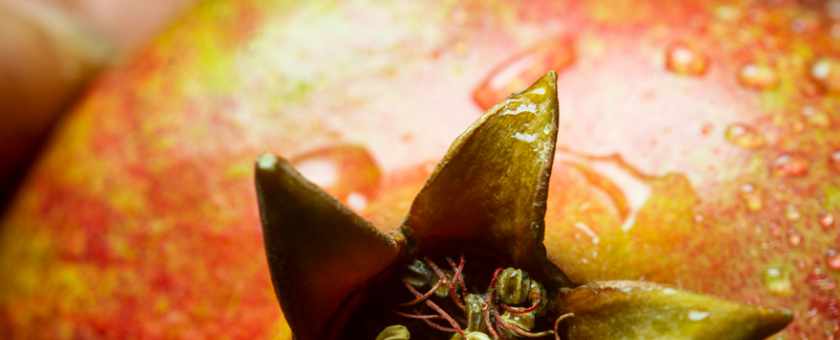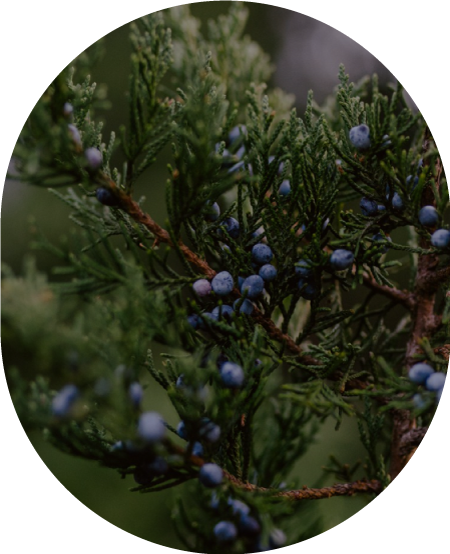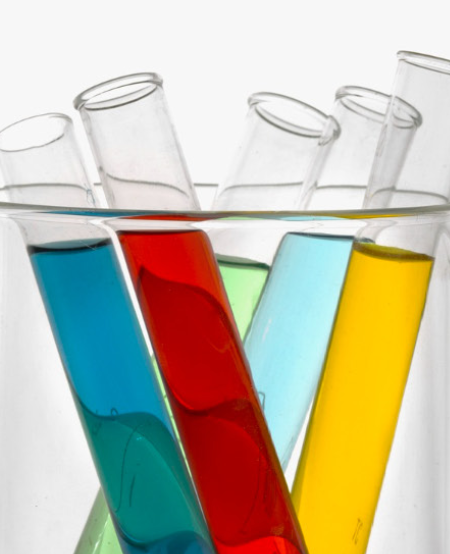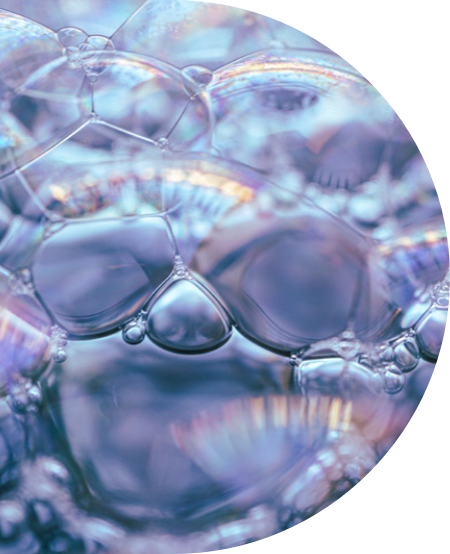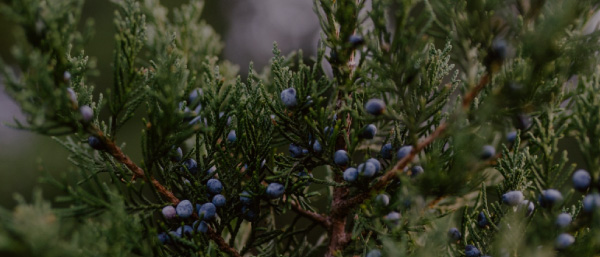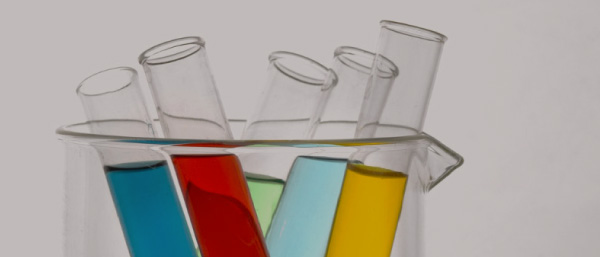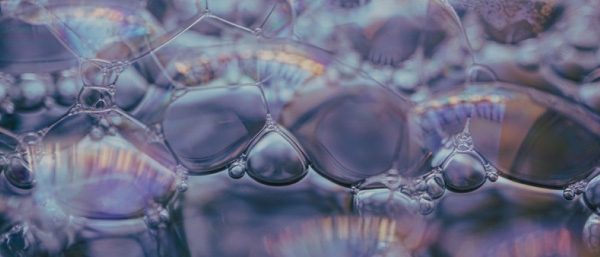Molecules
Synthetic and natural molecules play a key role in creating innovative and sophisticated fragrances. The perfume industry is incorporating new molecules and improving existing ones to offer more personalized, long-lasting, and sustainable sensory experiences. These molecules not only improve the olfactory profile of fragrances, but also enable the creation of products that are more eco-friendly, ethical and adapted to wellness and personalization trends.
On-trend molecules for perfumery:




1. Synthetic Musk Molecules Musk Ketone (Musk Camphor)
Musk ketone is one of the oldest synthetic musk molecules and remains one of the most popular in the perfume industry for its ability to provide deep, warm notes without resorting to animal musks. Although it has been the subject of sustainability and health concerns, today it is efficiently synthetically sourced. The use of this molecule remains key in modern fragrances, particularly in luxury perfumery. It is mainly used in oriental and woody bases to bring depth and longevity to fragrances.

Galaxolide and Helvetolide
Both are synthetic molecules that mimic musk notes and are widely used in the creation of modern, fresh and light fragrances. Galaxolide is especially popular in the creation of cleaner, white-note perfumes, while Helvetolide is a warmer, somewhat more floral and less heavy musk, well suited for floral and fruity fragrances. Both molecules are very much in line with trends towards soft, yet long-lasting perfumes.
2. Floral and Related Aroma Molecules Hedione (Jasmone)
Hedione, a molecule that mimics the floral scent of jasmine and is responsible for the floral freshness in many fragrances, continues to be highly valued in the creation of floral perfumes, especially those seeking a bright and airy feel. It has been considered a key molecule in modern perfumery for its ability to add lightness and sophistication to fragrances, especially in luxury and niche perfume lines. In 2024, it is being used in fresh, transparent, and elegant fragrances, such as aquatic or green scents.
Linalool and Limonene
These two natural molecules, widely present in the essential oils of many flowers and fruits, are booming due to their ability to offer fresh and relaxing notes. Linalool (a terpene present in lavender, mint, and basil) provides a floral and balsamic sensation, while limonene, found in citrus peel, provides an energizing and refreshing freshness. Floral and citrus fragrances seeking greater purity and freshness benefit from the use of these compounds.

3. Innovative Citrus and Fruit Molecules Calone
Calone is an aquatic molecule that evokes oceanic freshness and a feeling of cleanliness. This molecule, with an olfactory profile reminiscent of fresh water and sea breeze, is mainly used in fresh and aquatic fragrances, especially those that seek to evoke summer and lightness. It is still widely used in unisex perfumes and in creations that seek to highlight the contrast between freshness and warmth. In addition, its versatility allows it to be combined with other ingredients to create complexity in the perfume.

Iso E Super
Iso E Super is a synthetic molecule that provides a warm, woody sensation with a touch of sweetness that can elevate a fragrance without overpowering it. It has transparent notes and “reaches the bottom of the skin,” making it ideal for perfumes that seek a subtle and persistent finish. Although it has been used since the 1980s, it remains a staple for modern and minimalist perfumes, especially in designer or niche perfume lines.
4. Green and Herbal Molecules Vetiveryl Acetate (Vetiver Acetate)
Vetiver acetate is a molecule that amplifies the earthy and smoky fragrance of natural vetiver, a root widely used in luxury perfumery. Although vetiver has been used for centuries, vetiver acetate is smoother and more refined, allowing the green and woody notes to be more accessible and enjoyable to a wider audience. In 2024, it stands out in fresher, more eco-friendly perfumes, which are in high demand in markets where natural and organic products are a priority.
Clove and Synthetic Cinnamon Molecules
These classic spices are being recreated at the molecular level to obtain perfumes with a warm, spicy note, without the need to use animal or plant-based ingredients that can be difficult to obtain sustainably. Synthetic clove and cinnamon compounds allow for greater consistency and control over the olfactory profile, which benefits brands seeking more sustainable options with quality control.

5. Woody and Balsamic Molecules Cashmeran
Cashmeran is a synthetic molecule used to create a warm, woody, and mossy fragrance, similar to a soft touch of musk, but with a more velvety texture and a warmth reminiscent of the softness of cashmere garments. This molecule is used in oriental and woody fragrances, providing an enveloping and sophisticated sensation. It has become a popular alternative to more traditional ingredients such as sandalwood or cedar, offering a creamy texture but with greater durability on the skin.

b. Ambroxan
Ambroxan is a synthetic compound that mimics the properties of ambergris (a natural resin from sperm whales). This ingredient has gained popularity for its deep, woody, and slightly sweet aroma, which also offers a warm, amber-like touch. In 2024, it continues to be widely used in modern perfumes, especially those with a woody oriental style and to create a persistent and warm base in a fragrance.
6. Bittersweet and Gourmand Molecules Vanillin (Vanillin)
Vanillin is a molecule derived from vanilla that provides a sweet, warm, and comforting fragrance. Although vanillin is a natural compound found in vanilla pods, it can also be synthesized to obtain a more consistent and controlled version. In 2024, gourmand fragrances that explore sweet notes of vanilla, cocoa, and caramel remain very popular, and vanillin is key to creating these sweet profiles without the cost or variability of natural vanilla.
b. Sucralosa
Although it is more commonly known as an artificial sweetener, in perfumery, sucralose is used to enhance the sweet notes of certain perfumes without resorting to sugars or synthetic ingredients of animal origin. It is increasingly being used in gourmand fragrances and in those that seek to highlight a sweet but balanced profile without being overly cloying.


